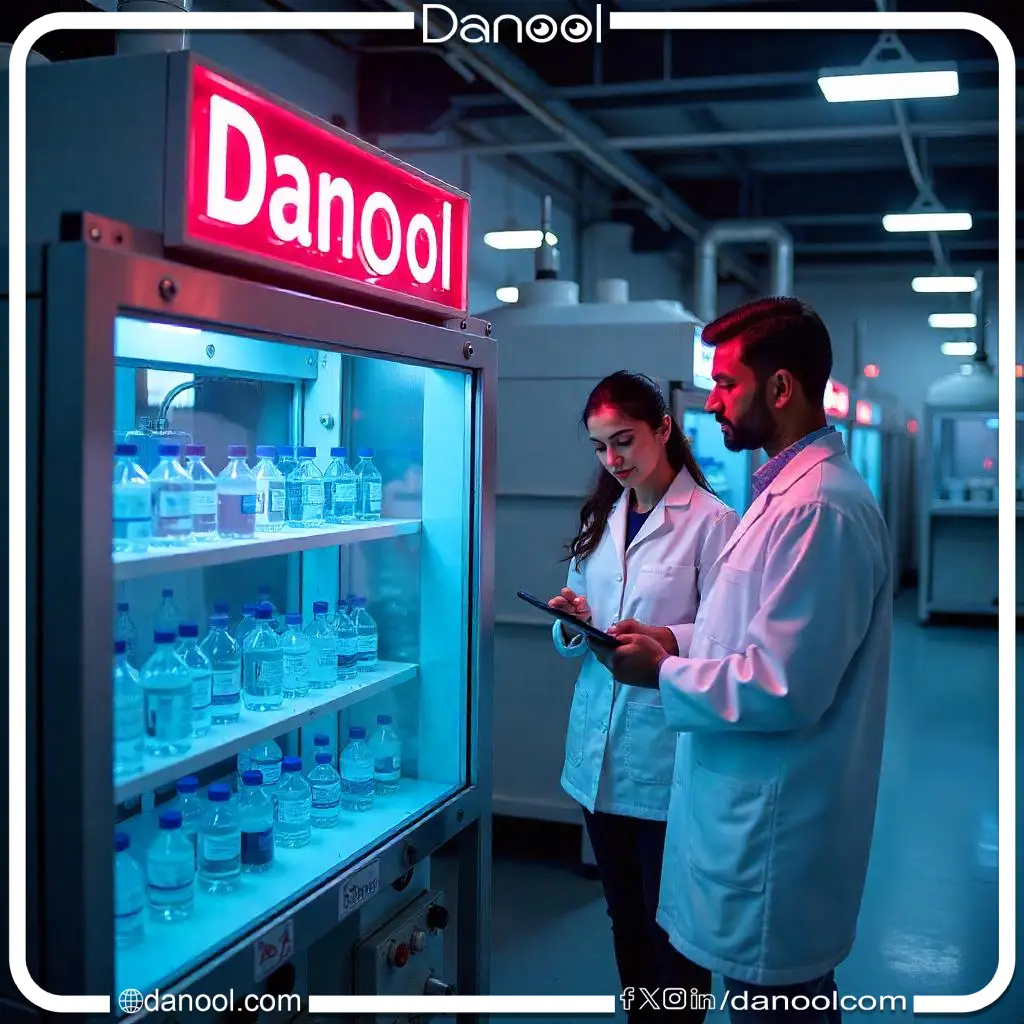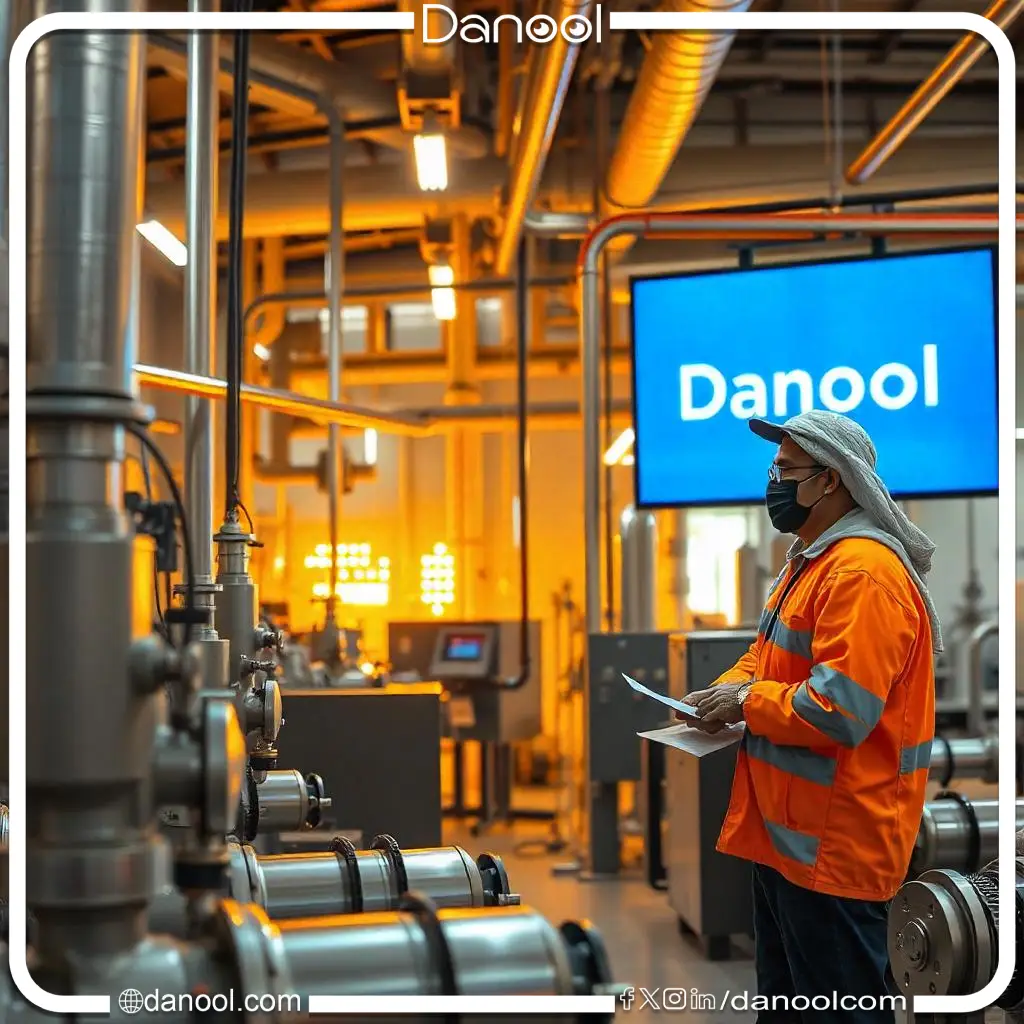Water is one of the most important factors affecting the health and productivity of livestock. The quality of water depends on providing a healthy and safe environment for animals, as clean water contributes to improving growth and increasing production. In this article, we review the best water treatment and purification systems for livestock, highlighting the advantages and disadvantages of each type.
The importance of water treatment in livestock production
Surface water (rivers and lakes): Contains impurities and sediments.
- Spread of diseases: Impure water causes illnesses such as diarrhea and poisoning.
- Reduced productivity: Pollution affects the quality of milk and meat
- High treatment costs: Diseases caused by contaminated water lead to increased treatment and care expenses.
Therefore, water treatment and purification plants play a crucial role in reducing health risks and improving livestock productivity.
Factors affecting the choice of a water treatment plant
1. The nature of the source water
- Surface water (rivers and lakes): Contains impurities and sediments. Groundwater: Contains high levels of minerals and salts. Well water: May contain bacteria or chemical pollutants
- Groundwater: Contains high levels of minerals and salts
- Well water: May contain bacteria or chemical contaminants.
2. The size of the farm
Large farms require treatment plants with higher processing capacity compared to small farms.
3. Type of livestock
- Cows and sheep: Require clean water to avoid bacterial diseases.
- Poultry: Require completely pure water to ensure production safety.
Types of water treatment plants for livestock
1. Reverse Osmosis (RO) Systems
Advantages:
- Complete removal of salts and heavy metals.
- Production of highly pure water suitable for large farms.
- Improving the quality of drinking water for animals.
Disadvantages:
- High operating and maintenance costs.
- High energy consumption.
2. Sand filtration and multimedia filter systems
Advantages:
- Removal of solid impurities and silt from water.
- Low cost and easy to operate.
- Suitable for small and medium-sized farms.
Disadvantages:
- Does not remove chemical or biological pollutants.
- Requires regular cleaning and maintenance.
3. Ozone and ultraviolet (UV) disinfection systems
Advantages:
- Effectively kills bacteria and viruses.
- Does not leave any chemicals in the water.
- Suitable for water disinfection in farms that require high-quality water.
Disadvantages:
- Does not treat solid impurities or salts.
- Requires advanced technologies for operation.
Additional considerations when choosing a water treatment plant
- Operational efficiency: Choose a plant that fits your farm's needs and operates efficiently
- Durability: Plants made of high-quality materials last longer.
- Maintenance: Durability:
- Compliance with health standards: The plant must be certified and comply with international standards.
The most important tips for choosing the right plant
- Analyze the quality of the source water before selecting the plant.
- Consult water experts to ensure you choose the right type.Consult water experts to ensure you choose the right type.
- Consider the initial and operational costs of the plant.
- Choose a plant that can be upgraded in the future to meet growing needs.
Conclusion
Water treatment and purification plants are essential investments in the livestock sector. These plants ensure the provision of clean and safe water, leading to improved animal health and increased productivity. Choose the right plant based on your farm's needs and the quality of available water to ensure the best results.
A comparative table of the best water treatment and purification stations for livestock."
| Type of station | Features | Disadvantages | Uses |
|---|---|---|---|
| Reverse Osmosis (RO) Stations | Removal of salts and heavy metals. Production of ultra-pure water. Improving drinking water quality. | High operating and maintenance costs. High energy consumption. | Large farms that require very pure water. |
| Reverse Osmosis (RO) Stations | Removal of solid impurities and silt. Low cost and easy to operate. | Ineffective in removing chemical or biological contaminants. Needs regular cleaning. | Large farms that require very pure water. |
| Ozone and UV Sterilization Stations | Water disinfection and killing bacteria and viruses. Does not leave any chemicals in the water. | Does not treat solid impurities or salts. Requires advanced technologies for operation and maintenance. | Farms that require additional sterilization to ensure water safety. |
Factors affecting the choice of a water treatment plant
| Factor | Description |
|---|---|
| Nature of the source water | Identifying the type of contaminants (solid impurities, salts, bacteria) to choose the appropriate station. |
| Farm size | Large farms require stations with higher processing capacity. |
| Type of animals | Cattle and poultry require water of varying purity levels based on their health and productivity needs. |
| Operating cost | It includes energy costs, maintenance, and component replacement. |
| Compliance with standards | Ensuring that the station complies with local and international health standards. |
Tips for choosing the right station
| Advice | Goal |
|---|---|
| Source water quality analysis | Determining the technical requirements of the station based on the nature of the pollutants. |
| Consulting water experts | To ensure selecting the optimal type that meets the farm's needs. |
| Study of initial and operational costs | To reduce long-term costs and ensure economic efficiency. |
| Flexibility in upgrades | Choosing a station that can be upgraded in the future as the farm expands. |

